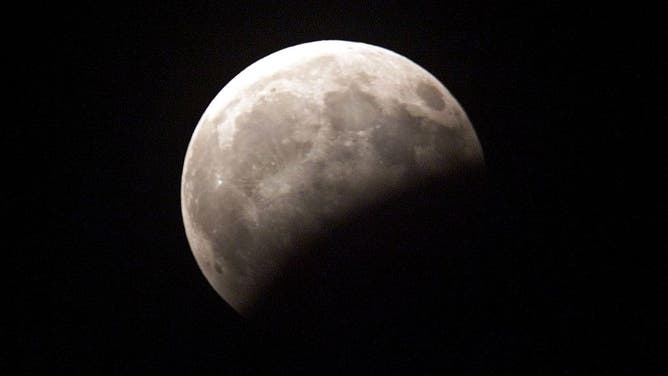Skywatchers across the United States will enjoy a multifaceted celestial event Tuesday evening when a partial lunar eclipse and a supermoon can be seen in the night sky.
Not only will the moon appear brighter, it will also appear larger as it approaches perigee, its closest point to Earth.
At its closest point in October, the moon will be more than 222,000 miles from the planet.
Since the Earth will pass between the Sun and the Moon, it will cast a temporary shadow on our natural satellite, but the event is not expected to be as spectacular as the total solar eclipse that millions witnessed earlier this year.
According to NASAThe shadow will begin to appear around 8:41 PM EST and will peak about two hours later at 10:44 PM EST.
The entire event is expected to end before 1 a.m. on September 18, with only 8 percent of the Moon remaining fully shaded at its peak.
Heating demand in the United States typically exceeds cooling demand after the autumnal equinox.
The full moon is also known as the harvest moon because it occurs near the autumnal equinox.
According to Farmer's CalendarIt is sometimes referred to as the Corn Moon, as Native Americans used the extra light to harvest crops at night.
Late September and October are usually busy months for farmers as they harvest crops before the cold weather arrives.
As a result of the increased gravity from Earth's only natural satellite, we will see higher than normal water levels, known as king tides, along coastal communities.

TOKYO, Japan: This partial lunar eclipse was observed at 1135 GMT over Tokyo, Japan, on July 28, 1999. The Earth's shadow covered nearly half of the Moon in the last lunar eclipse of this millennium.
(Kazuhiro Noji/AFP via Getty Images/Getty Images)
Tide levels can vary greatly depending on terrain but are usually one to three feet higher than average tides.
These high water levels often lead to nuisance flooding in coastal communities, which can be exacerbated if they coincide with a tropical cyclone wave.
Additional supermoons and high tides will occur during the Hunter's Moon in October and the Beaver Moon in November.
Did you miss the total solar eclipse on April 8? Here's a list of upcoming celestial events
If you miss this view, the moon should remain as bright as it is until Thursday, but you'll miss out on the added impact of the eclipse, astronomers say.
Thick clouds will cover much of the country, especially along the East Coast, Plains and Pacific Northwest, which will impair visibility.
the Next lunar eclipse This is not expected to happen until March 2025, when the Moon will be completely covered by Earth's shadow.
Wildlife videographer Sherry Tamura shares the story behind her stunning photos of the supermoon and firefighters. August 21, 2024.

“Extreme travel lover. Bacon fanatic. Troublemaker. Introvert. Passionate music fanatic.”







More Stories
A fossilized creature may explain a puzzling drawing on a rock wall.
MrBeast Sued Over ‘Unsafe Environment’ on Upcoming Amazon Reality Show | US TV
Watch comets Lemmon and SWAN approach Earth today